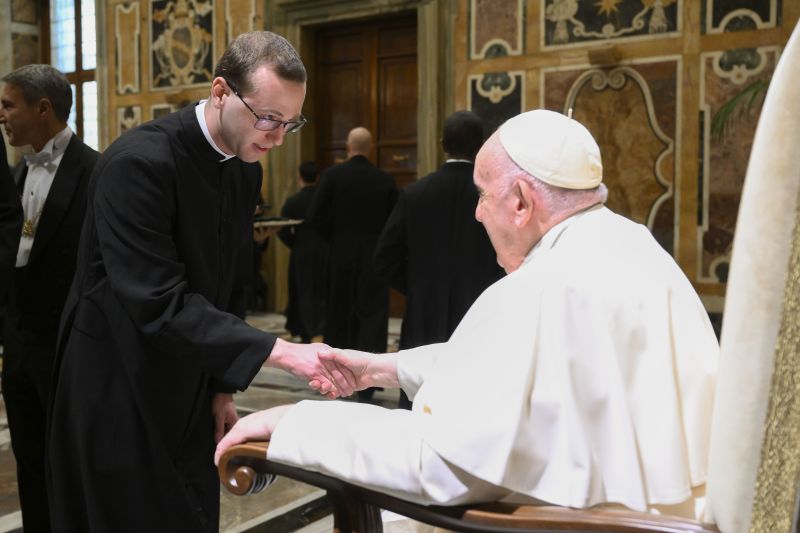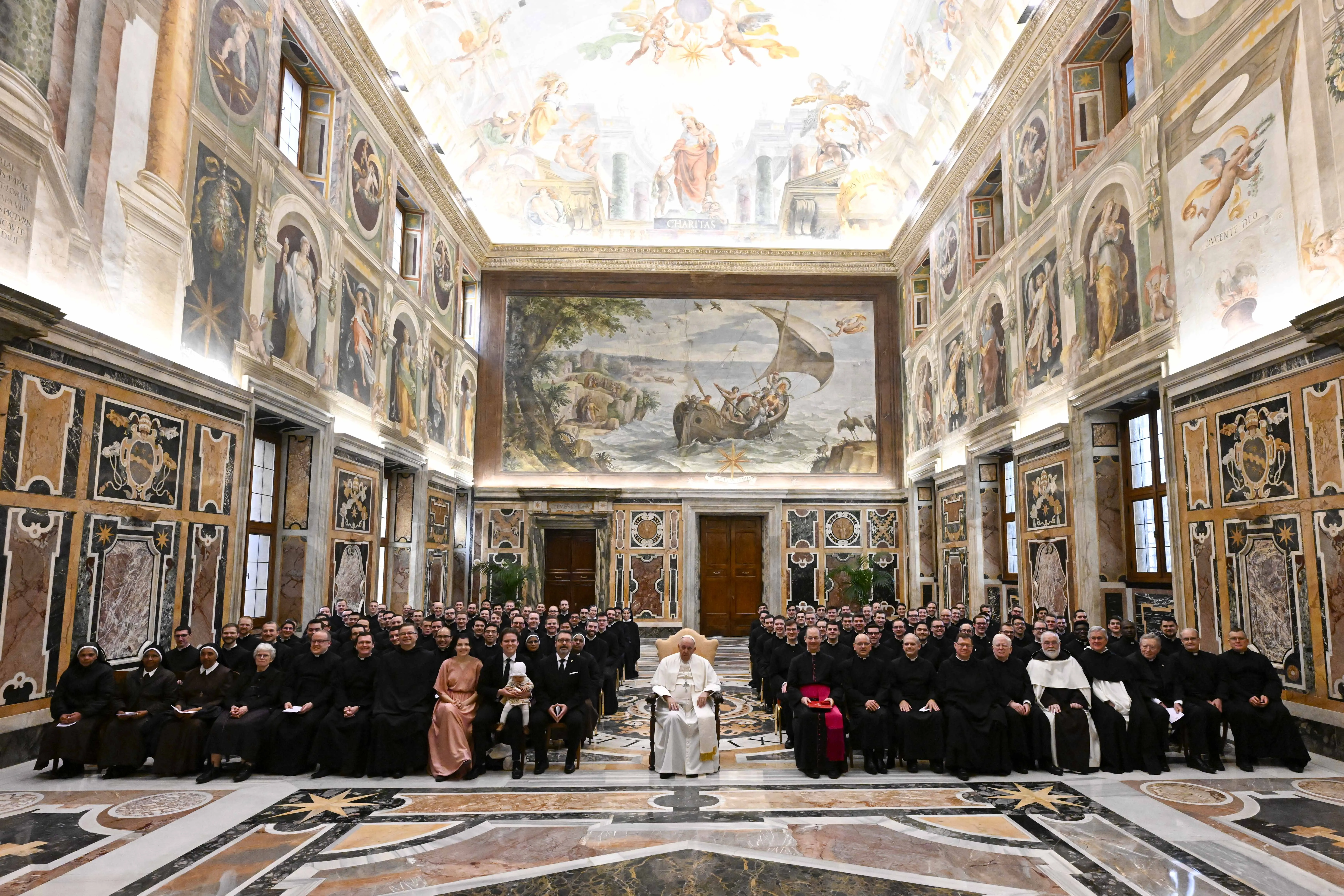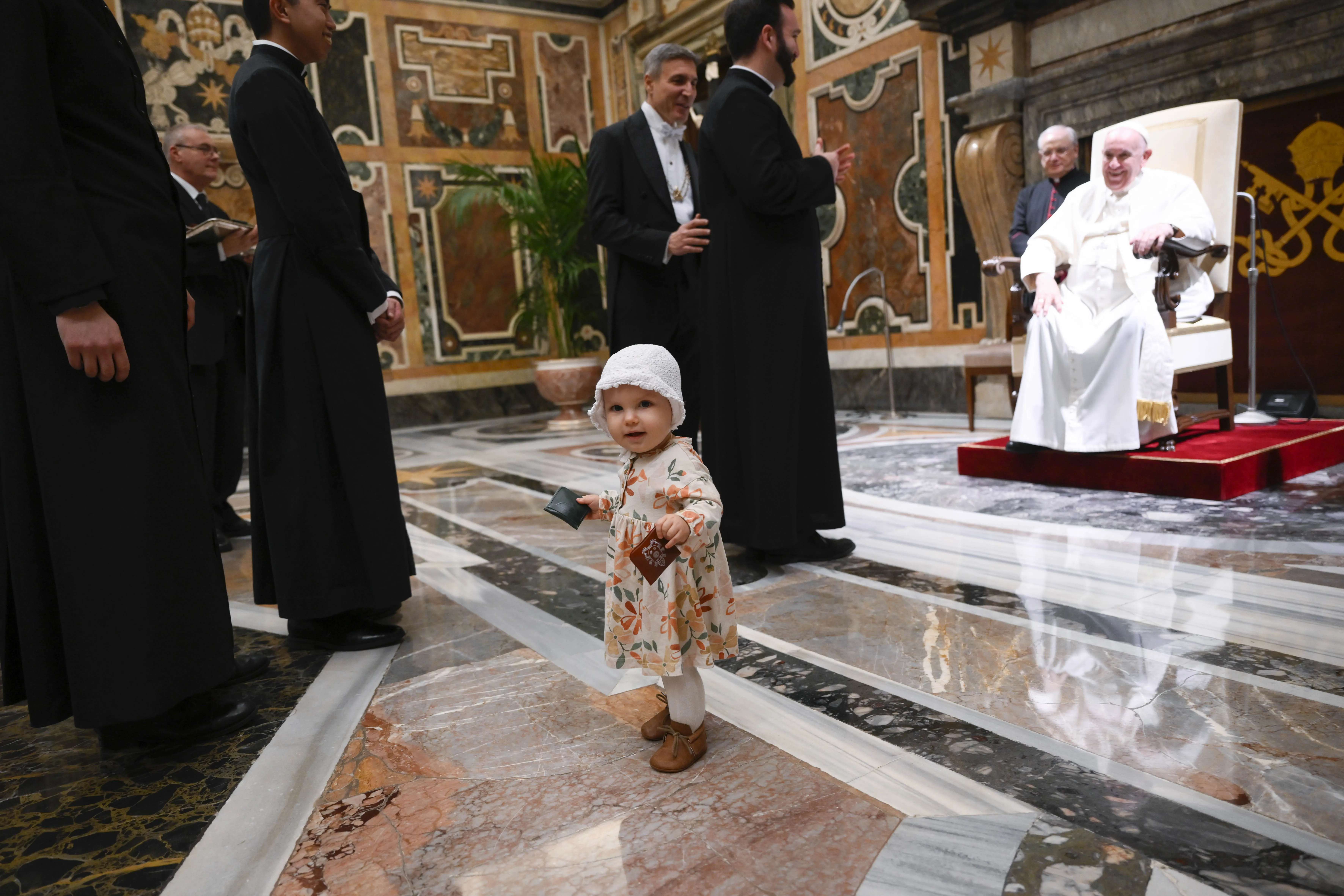
Washington, D.C. Newsroom, Dec 27, 2023 / 06:00 am (CNA).
Voters in Maryland will take part in a statewide referendum next November to decide whether to make abortion access a constitutional right there.
A simple majority will be required to pass the amendment when voters head to the polls on Nov. 5, 2024.
The bill to propose the amendment for a referendum was passed by the state legislature with the necessary three-fifths majority in both chambers in May 2023.
The vote comes as a wave of states attempt to expand abortion access by amending their constitutions following the overturning of Roe v. Wade in 2022, which ended several decades of the constitutional guarantee to abortion.
Ohio is the most recent state to make abortion a constitutional right, with voters in the swing state overwhelmingly voting to pass an amendment in November.
Maryland’s proposed amendment says that “every person, as a central component of an individual’s rights to liberty and equality, has the fundamental right to reproductive freedom, including but not limited to the ability to make and effectuate decisions to prevent, continue, or end one’s own pregnancy.”
“The state may not, directly or indirectly, deny, burden, or abridge the right unless justified by a compelling state interest achieved by the least restrictive means,” the amendment says.
The bill was overwhelmingly approved by the state House of Delegates and the Senate, both of which are controlled by Democrats.
A similar bill in 2022 proposing a referendum adding abortion protections to the constitution passed the state house 93-42 but failed in the Senate after the Senate president chose to focus on other bills expanding abortion access.
According to MarylandMatters.org, a spokesperson for the senate president said the 2022 bill was seen as a “response to the national politics and … what many people will think will happen,” referring to the anticipation of the U.S. Supreme Court’s overturning of Roe.
Maryland abortion law
Maryland has some of the most extreme abortion laws in the country, allowing the killing procedure throughout nine months of the child’s development in pregnancy in certain cases.
The law says that abortion is restricted after viability, which is around 24 weeks gestation, or about six months.
During the 24th week of gestation, the baby can sneeze and react to loud noises, according to the Charlotte Lozier Institute. At the 24th week, the baby’s brain is quickly growing, with tastebuds forming, and lungs further developing, according to the American Pregnancy Association.
Maryland law says that abortion after viability is unrestricted if it is “necessary to protect the life or health of the woman” or if the child “is affected by genetic defect or serious deformity or abnormality.”
In some cases minors are not required to notify a parent prior to an abortion. Minors don’t have to inform parents or guardians for several reasons such as if “notifying your parents/guardian would not be in your best interest” or the doctor makes a judgment that the minor is “mature and capable of giving informed consent.”
Marylanders haven’t elected a staunchly pro-life governor since prior to Roe v. Wade’s passage in 1973.
In 2015, voters did elect Republican Gov. Larry Hogan. He described himself as personally pro-life but vowed not to change state law on abortion in Maryland while in office.
The last time the state voted for a pro-life presidential candidate was in 1988 for Republican President George H. W. Bush.
A 2014 Pew Research Center poll indicated that 64% of Maryland adults believe abortion should be legal in all or most cases. One-third of those polled said that abortion should be illegal in all or most cases.
A 2022 poll conducted by Braun Research found that 78% of registered voters would support a state constitutional amendment protecting the right to abortion. Only 16% of registered voters said they would oppose the amendment.
That poll was conducted over the telephone with a “random sample” of 810 registered voters in the state.
If you value the news and views Catholic World Report provides, please consider donating to support our efforts. Your contribution will help us continue to make CWR available to all readers worldwide for free, without a subscription. Thank you for your generosity!
Click here for more information on donating to CWR. Click here to sign up for our newsletter.








Deja Vu! About the majority-vote on all things large and small…
Maryland was almost uniquely the colony with freedom of religion…until the Anglicans became the majority. Like the Puritans and Quakers, the English Catholics sought relief from persecution. The English King James I’s Secretary of State, George Calvert, converted and then was given a peerage, and later was given a charter from Charles I (after declining to settle at the Jamestown location where he refused to sign the Protestant Oath of Supremacy). In 1633 George’s son, Cecilius Calvert, the second Lord Baltimore, organized Maryland for both Catholics and Protestants. Religious tolerance was formally but only temporarily established under the Act of Toleration of 1649. . .
A Quote: “Maryland was founded on the broad principles of religious freedom, and Puritans expelled from Virginia found shelter there. During the period of the Commonwealth, however, the very men who had sought an asylum in Maryland overthrew the authority of Lord Baltimore and passed severe penal laws against the Catholics [NOW a radically secularist amendment against all of the unborn!], sending all the priests as prisoners to England [and the preborn to the incinerator]. In a few years they returned and resumed their labors [a pregnant term!] under great disadvantages. Though a law of toleration was passed in 1649, it was of brief duration [until 1654].”
(John Gilmary Shea, “Our Faith and Its Defenders,” New York: Office of Catholic Publications, 1896).